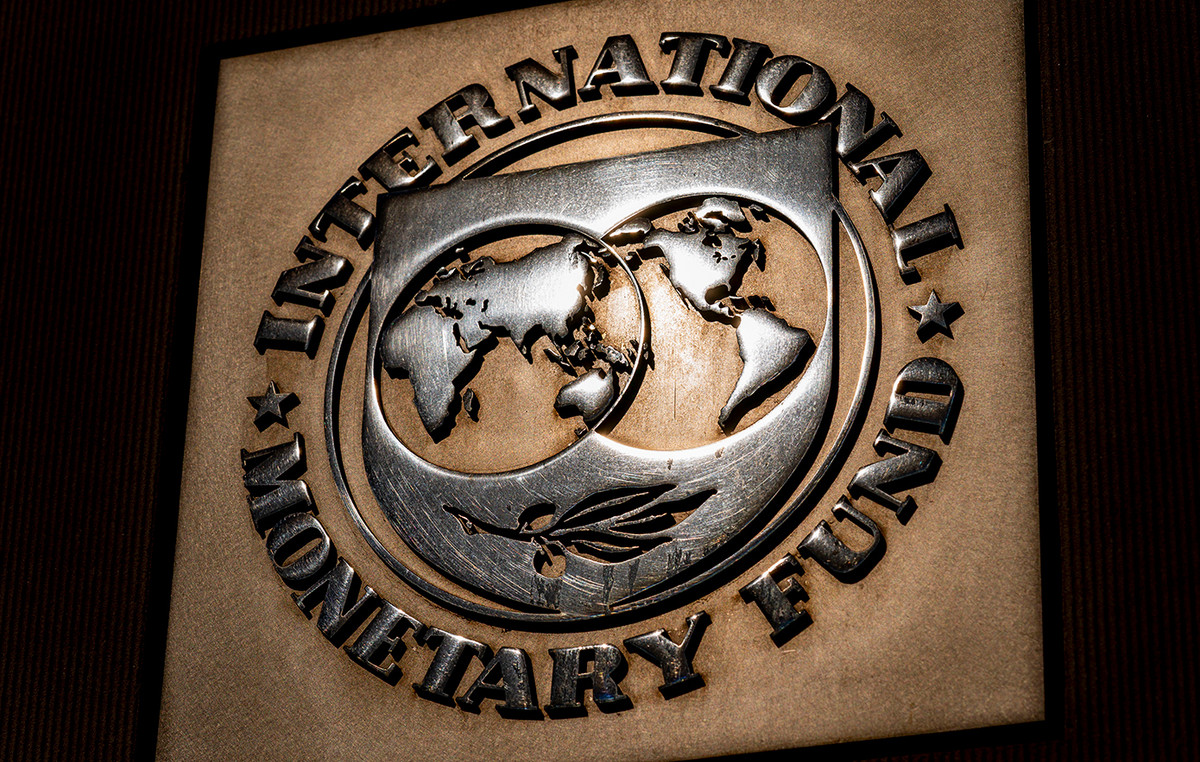A new study by the Brazilian Research Incentive Fund Association (Afip) has detected an increase in the presence of super-resistant microorganisms to antibiotics in patients in Brazilian hospitals. Of 71,064 samples collected in health units in 2023, 6.5% tested positive for the bacteria studied.
In 2022, when 58,065 surveillance cultures were evaluated, the positivity rate was 6%, according to the survey, presented this week at the Association for Diagnostics and Laboratory Medicine (ADLM) congress in Chicago.
The research also revealed a change in the most common microorganisms. In 2022, among the positive samples, species of the Klebsiella genus represented 60.5%, followed by bacteria of the Enterococcus (16%) and Acinetobacter (13.6%) genera. In 2023, Klebsiella species accounted for 53.1% of the positive samples. Next came Acinetobacter (24.1%) and Enterococcus (10%). “Acinetobacter baumannii was not the second most recurrent pathogen, it was the fourth or fifth”, says Jussimara Monteiro, manager of the Support Center for the Hospital Infection Control Service at Afip and leader of the study. In 2020, for example, the genus accounted for 4.3% of the samples with resistant microorganisms.
According to Monteiro, the change may be related to the indiscriminate use of antibiotics during the COVID-19 pandemic, when some medications, such as azithromycin, were incorporated into the “COVID kit” and recommended to patients regardless of the presence of bacterial infection. However, more studies are needed to corroborate this hypothesis.
Popularly known as superbugs, these microorganisms are resistant to three or more classes of antibiotics. As a result, they cause infections that are difficult to control. Monteiro states, however, that the results are not cause for alarm, as they do not address the incidence of infections caused by superbugs, but rather the colonization by these resistant microorganisms.
In other words, they are present in the bodies of patients in hospitals, but do not necessarily cause infections. It is as if we were looking at the base of an iceberg and not the peak, which would be the actual infections, explains the researcher. For her, the mapping carried out in Brazilian hospitals provides data for the culture of surveillance in the country, which consists of understanding the colonization dynamics of these microorganisms and developing a set of instructions to be followed to interrupt the reproduction cycle. This way, it is possible to prevent colonization from evolving into infections.
Among the appropriate measures are the periodic collection of samples from patients at risk and the isolation of those who test positive for a resistant microorganism. “There are hospitals that are closed doors, that only accept patients who come from other hospitals. They already carry out a surveillance culture when the patient enters, to find out if he or she is carrying a highly resistant bacteria,” he says.
In Brazil, the BR-Glass project, from the Ministry of Health, receives information on antibiotic-resistant bacteria collected by hospitals.
WHO Alert
On Thursday (1), the World Health Organization (WHO) issued a statement on the situation of a bacterium, the hypervirulent Klebsiella pneumoniae, so called because it is more aggressive than others. The document maps the regions and countries where the bacterium was found. Of the 43 countries that provided information to the WHO, 16 reported the presence of the microorganism – Brazil is not among them.
The information is from the newspaper The State of S. Paulo.
Source: CNN Brasil
I’m James Harper, a highly experienced and accomplished news writer for World Stock Market. I have been writing in the Politics section of the website for over five years, providing readers with up-to-date and insightful information about current events in politics. My work is widely read and respected by many industry professionals as well as laymen.







